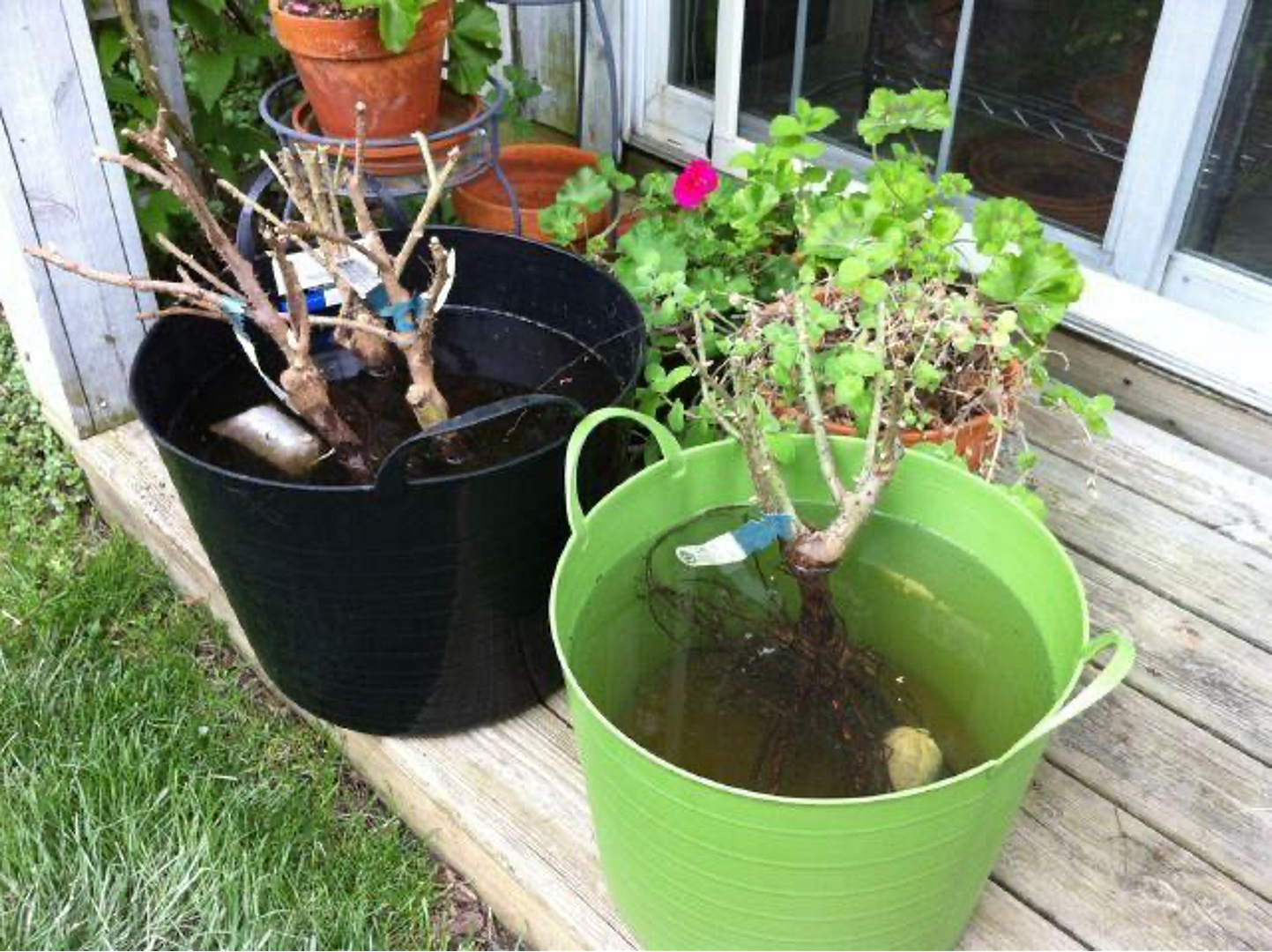
As organic farming continues to grow in popularity around the globe, more producers are shifting away from synthetic inputs and embracing bio-based alternatives that support soil health and sustainable yield. Among these alternatives, https://www.humicchina.com/ manufacturers have become leaders in producing high-quality, organic inputs—especially when it comes to seaweed-based fertilizers. One formulation that is receiving increased attention from both researchers and farmers is 18% seaweed extract. This concentration is showing powerful results, especially when integrated into regenerative and organic agriculture practices.
What Is Seaweed Extract and Why Does It Matter?
Seaweed extract is derived from marine algae, commonly from brown seaweeds such as Ascophyllum nodosum. These extracts are packed with natural plant hormones (auxins, cytokinins, gibberellins), micronutrients, amino acids, and antioxidants. Unlike traditional chemical fertilizers, seaweed extract works in harmony with the soil and enhances the plant’s natural growth mechanisms rather than forcing artificial responses.
The key lies in its ability to stimulate root development, increase stress resistance, and improve nutrient uptake efficiency—all while being eco-friendly and biodegradable. When used consistently, seaweed extract promotes better flowering, fruiting, and resilience against drought, disease, and extreme temperatures.
Why 18% Seaweed Extract?
Fertilizers containing 18 seaweed extract deliver a higher potency of bioactive compounds compared to lower concentrations like 10–14%. The 18% formulation provides stronger stimulation without overwhelming the plant or soil biome. This makes it an excellent choice for organic farming operations aiming for both performance and sustainability.
Benefits of Using 18% Seaweed Extract:
- Enhanced Root Growth:
The natural hormones in seaweed extract promote deeper, denser root systems, which helps plants access more nutrients and water. - Improved Nutrient Uptake:
Seaweed stimulates microbial activity in the soil, which in turn enhances nutrient cycling and availability to plants. - Boosted Stress Resistance:
Plants treated with 18% seaweed extract show better resistance to drought, frost, pests, and even transplant shock. - Healthier Soil Structure:
Seaweed extract encourages the proliferation of beneficial microbes and fungi, improving soil texture and aeration. - Increased Crop Yields:
Consistent application of high-concentration seaweed extract often leads to improved crop quality, size, and uniformity.
Application in Organic Systems
Organic farms often deal with constraints like limited nutrient inputs and a heavy focus on long-term soil fertility. That’s where 18% seaweed extract excels. It can be used as a foliar spray, root drench, or even integrated into compost teas. Because it’s natural and residue-free, it complies with most organic certification standards globally.
Moreover, it pairs well with other organic amendments like humic acid, compost, and fish emulsion, amplifying its effectiveness. When integrated into a full-season crop management plan, 18% seaweed extract helps create a healthier, more productive farm ecosystem.
Backed by Innovation and Tradition
The organic farming movement doesn’t just rely on tradition—it thrives on innovation. Modern humic China producers are now creating next-generation seaweed formulations using advanced extraction methods that preserve the bioactive profile while boosting shelf life and usability.
With 18% seaweed extract now available in various forms—liquid, powder, and granule—organic farmers have more flexibility than ever. Whether you’re growing leafy greens, fruit trees, or greenhouse vegetables, this high-potency input can deliver measurable results without compromising soil integrity or environmental health.
Final Thoughts
As more organic farms turn to natural, high-performance products, 18% seaweed extract is becoming a staple in sustainable crop nutrition. Supported by innovations from humic China manufacturers, this potent fertilizer helps bridge the gap between eco-conscious practices and commercial success—making it a smart choice for the next generation of farmers.





